Oil Tank Installation Regulations
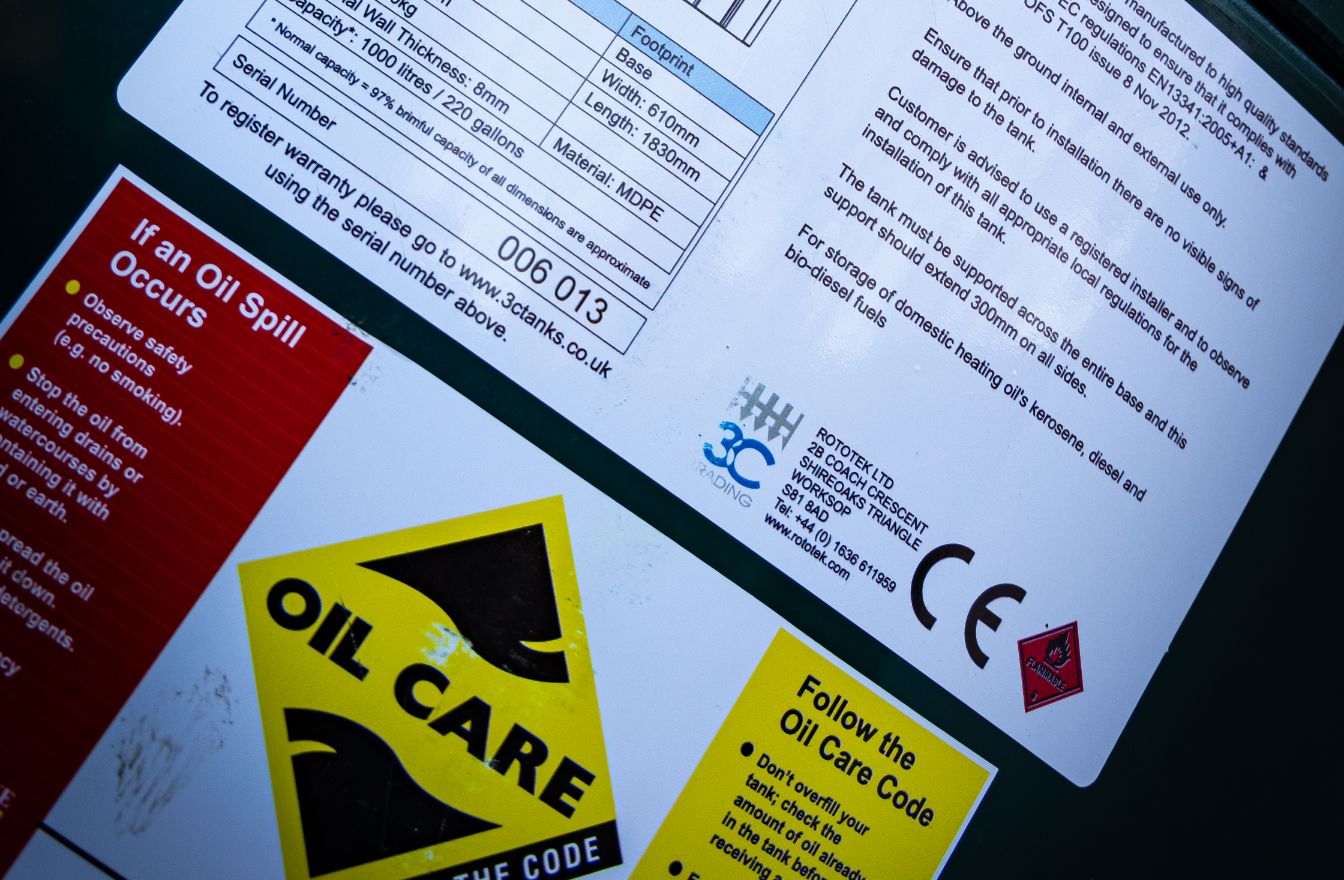
‘Oil tank installation regulations’ might sound daunting but they’re put in place for a reason – to protect you and your home as well as to reduce the risk of fires, and damage to the environment. It’s your responsibility to check your oil tank annually to ensure it still meets these regulations. To help, this article focuses on the oil tank bases, building, and oil tank installation regulations you’ll need to meet.
Whether you’re installing a new domestic oil tank, relocating an existing one or even replacing an old one, you need to check your local authority’s building regulations and oil tank installation regulations as these may have changed in regards to where your tank can be located, and if planning permission is needed.
As of 2022, regulations for the extension or addition of installing an oil tank state that you don’t need planning permission if:
- Your tank isn’t located in front of the main elevation fronting a highway
- It’s no higher than 3m
- Its total height is no more than 2.5m if it’s within 2m of a boundary
- Additions or other buildings only cover half or less of the area surrounding the original house
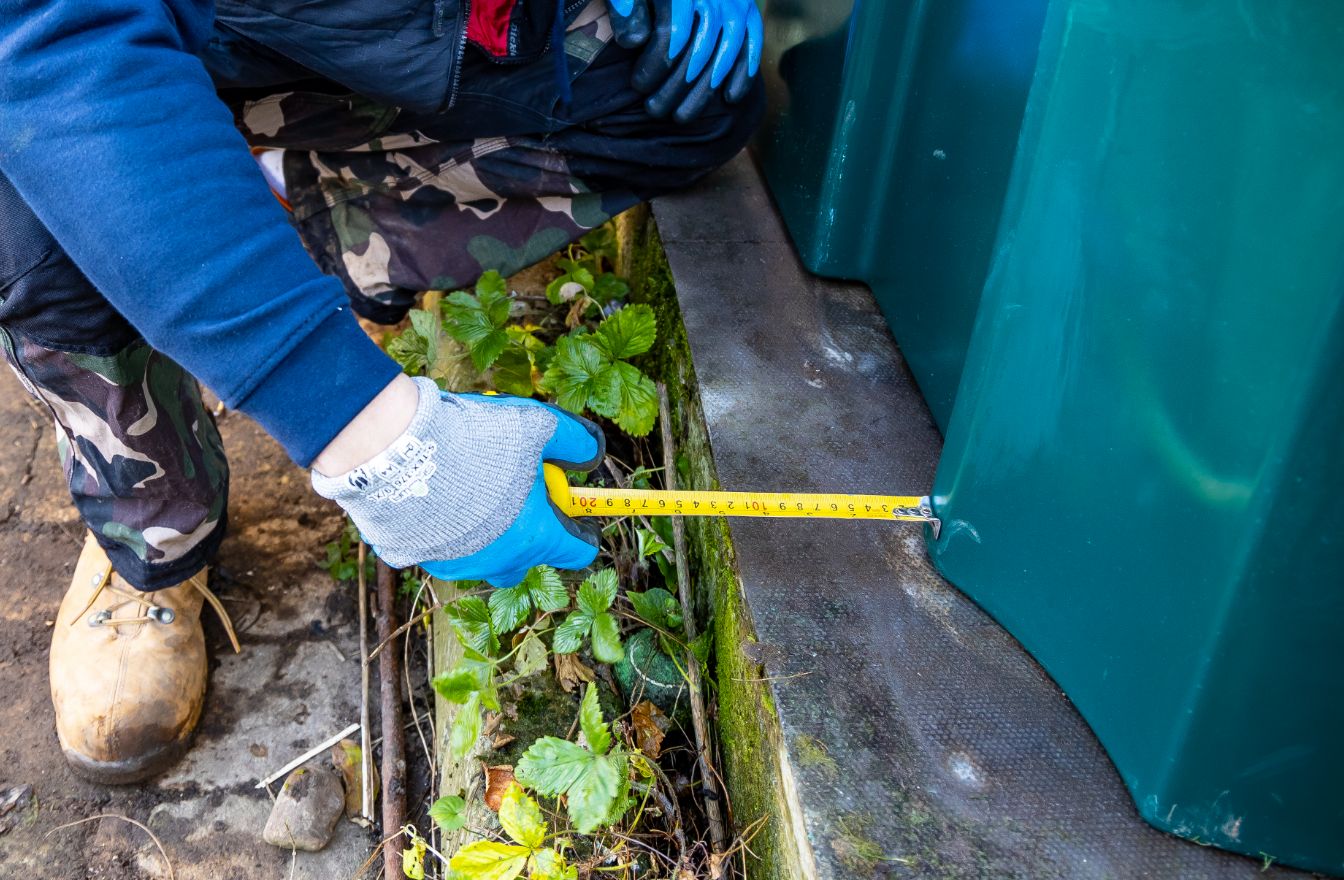
Oil Tank Building Regulations for Listed Buildings
If you’re installing an oil tank into a listed building, you will need planning permission and to follow the strict oil tank installation regulations. We’ve listed the regulations below but we also recommend contacting your local authority to confirm these haven’t changed:
If your tank is located above ground, it must have a protective fire-guard
If groundwater is nearby, your oil tank must have extra protection (such as bunded tanks) from spillage and leakages
For safety reasons, a fire valve must be fitted where the pipe will enter the building
The above points all focus on regulations for design and construction of your oil tank, but the base also needs to be fit for purpose. Considerations include:
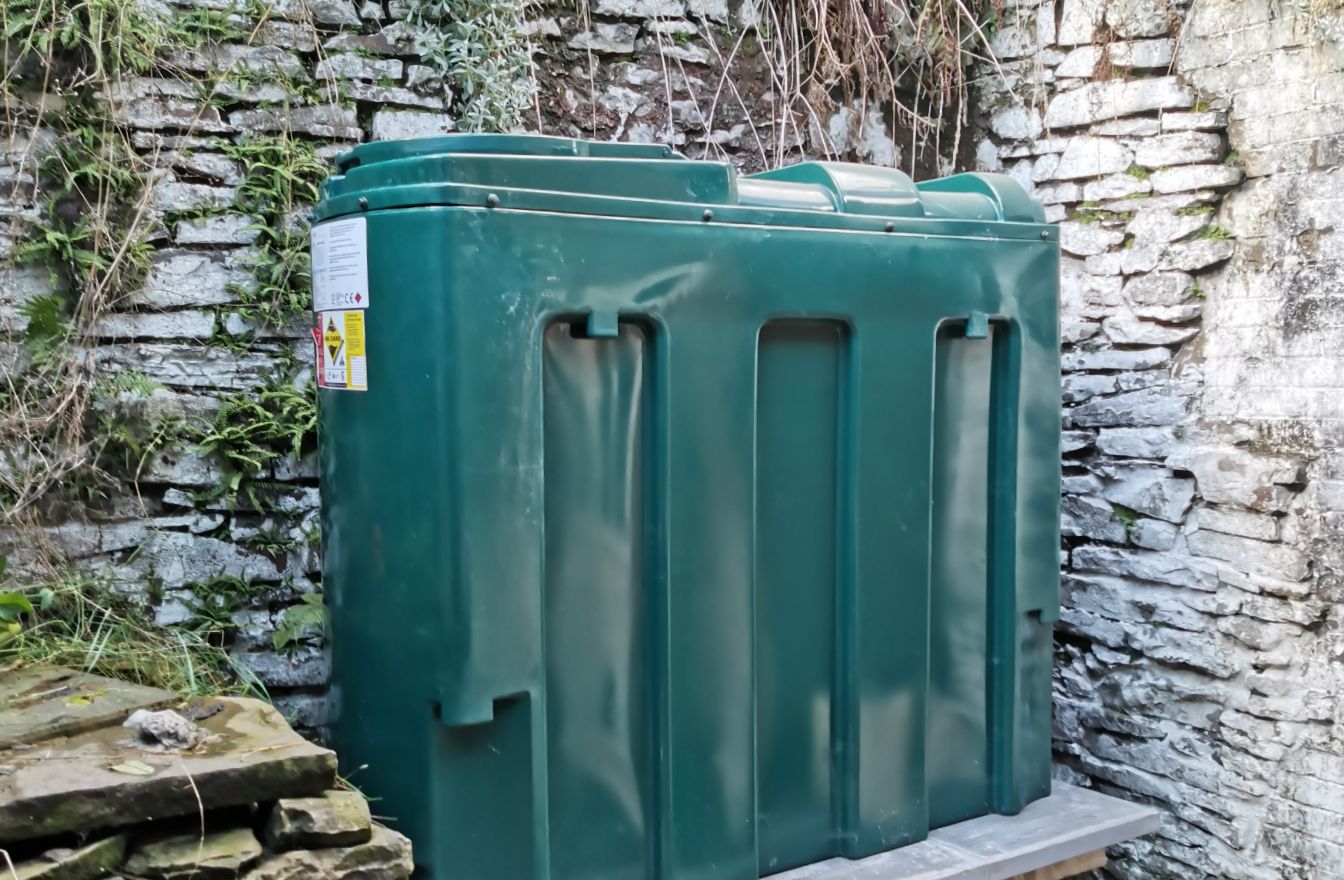
The weight of a full tank
Fuel oil weighs one tonne per 1,000 litres, plus the weight of the tank itself. Domestic oil tanks can hold up to 3,500 litres, which would weigh 3.5 tonnes and you, therefore, need a base that can support this amount, regardless of ground conditions. If your base is unable to support the full weight of your tank it could result in leakages, environmental damage, damage to your tank or pipes as well as costly repairs.
The base material
Your base needs to be impermeable to protect the soil from any leakages that could then contaminate it. It also needs to be a non-combustible material such as concrete, paving stones or stonework. Set on a level bed, it should extend the perimeter of the base by a minimum of 300mm. If you choose pre-cast concrete slabs, they must be 50mm thick and laid on a hardcore base, whereas a concrete cast base must be 100mm thick.
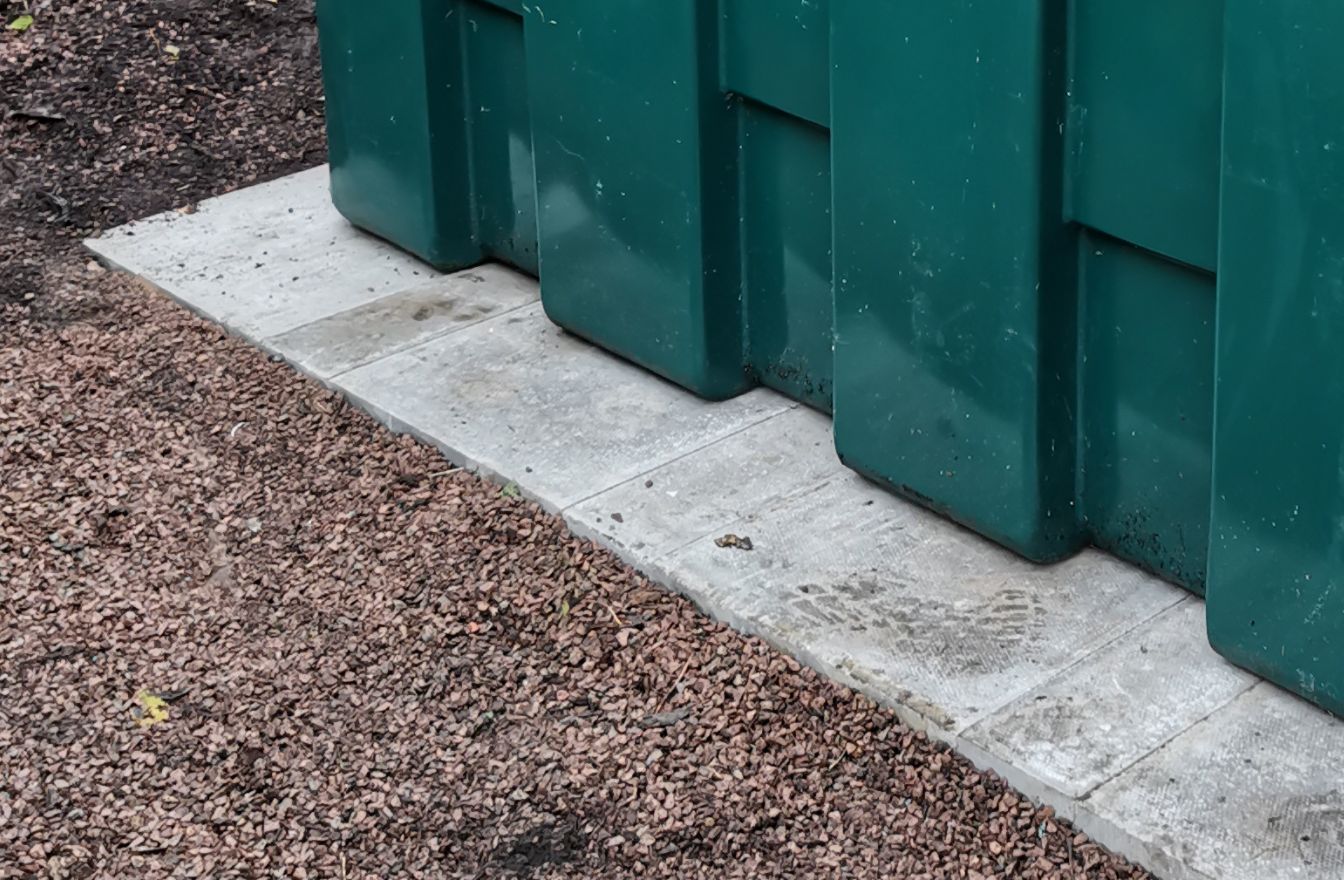
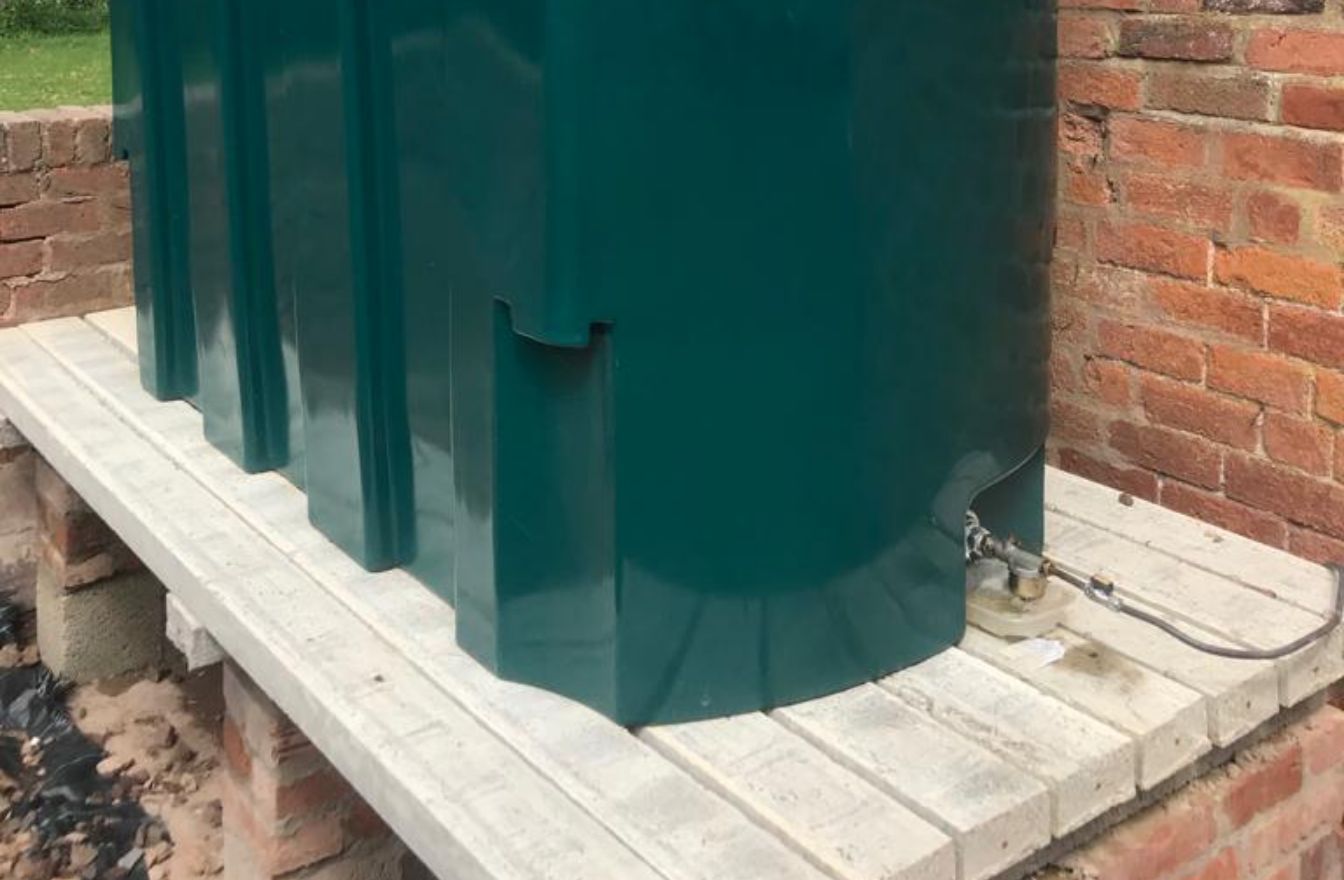
The siting of your base
Similarly to the regulations of where your oil tank must be situated, there are regulations about the base too, which includes placing the base where there is minimal risk of fire spreading to the tank from nearby structures. You should review these regulations if you are installing a new oil tank or replacing an old one as the site may no longer be suitable. Our blog, the best location to keep your domestic oil tank, can help you meet these regulations.
Friendly expertise
If you’d like some further advice about domestic oil tank installation regulations, or to ensure your existing oil tank is meeting them, we recommend regularly checking your tank for any faults or damages as well as reaching out for expert help. Here at Oil Tanks Plus we offer a range of installation and maintenance services all carried out by our registered engineers. Contact us today for more information, or request an oil tank quote.
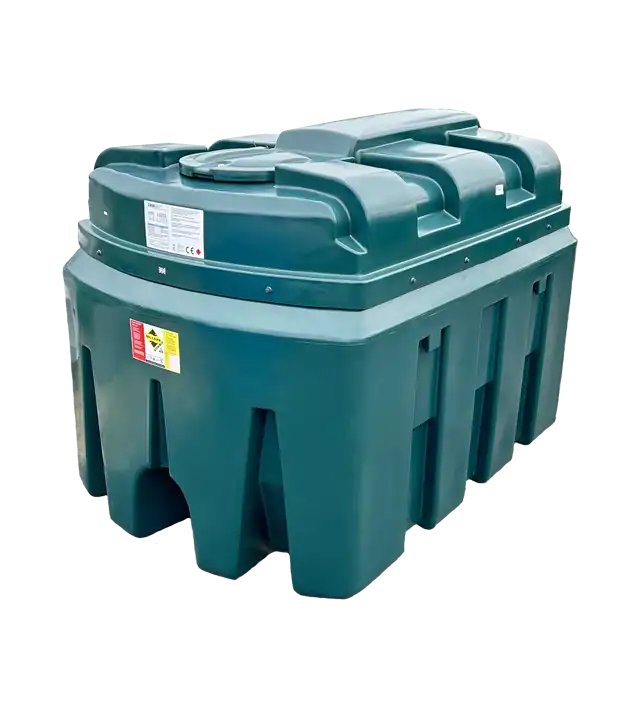
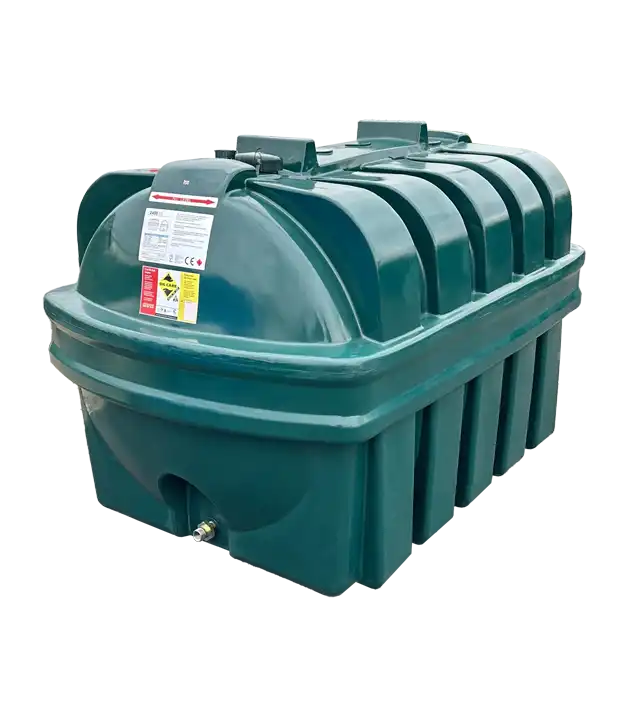

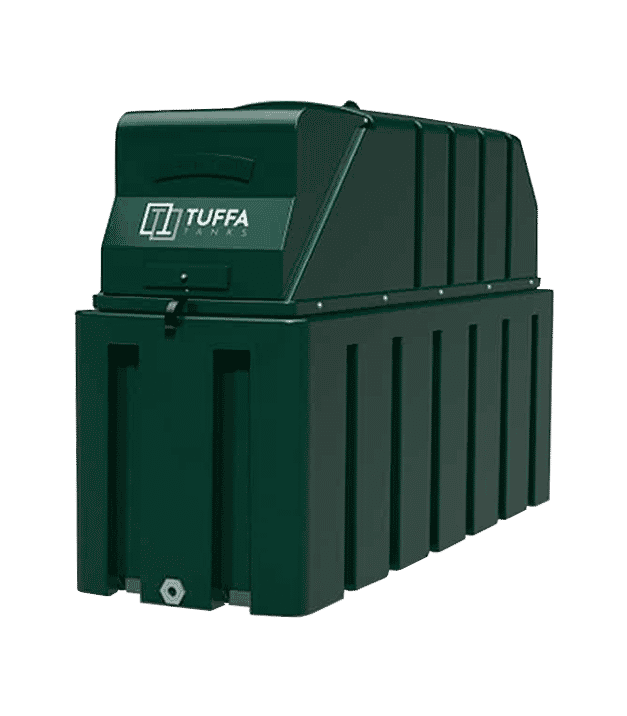
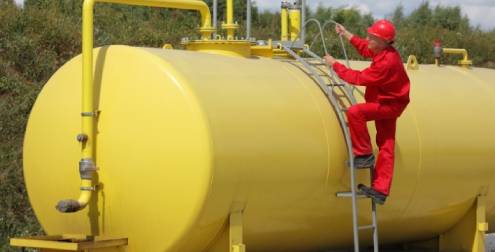
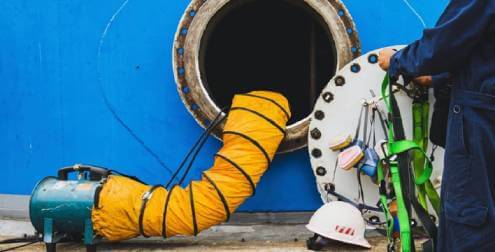


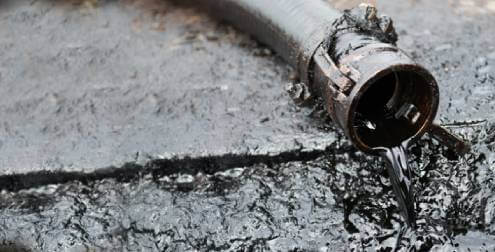
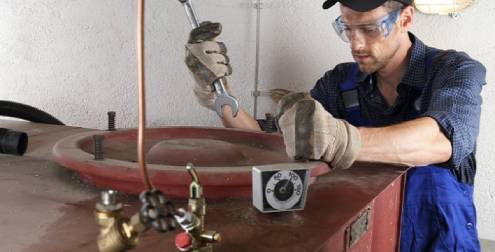

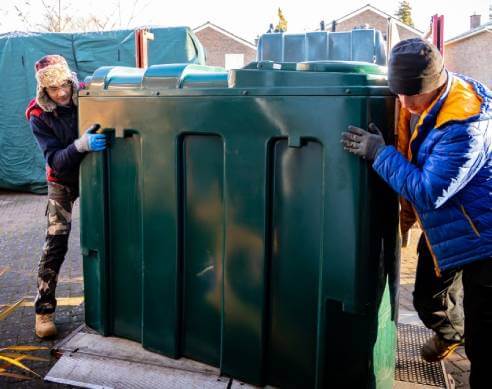
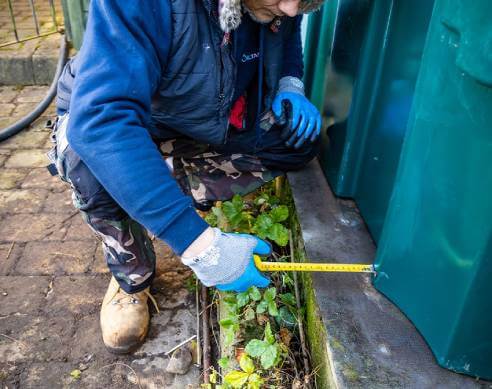


Share This: